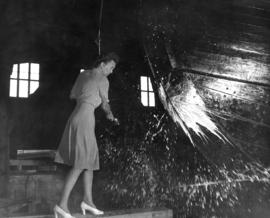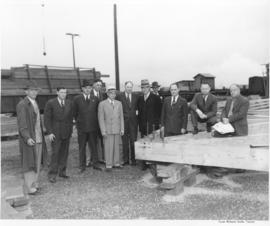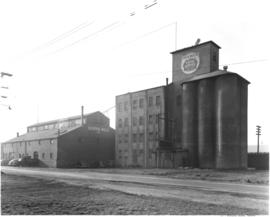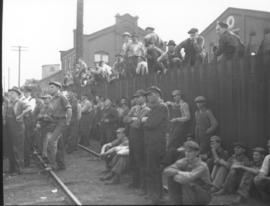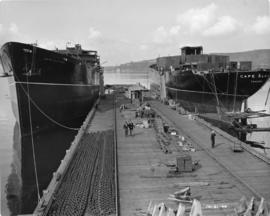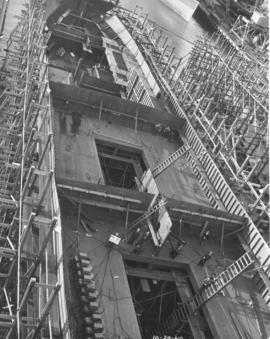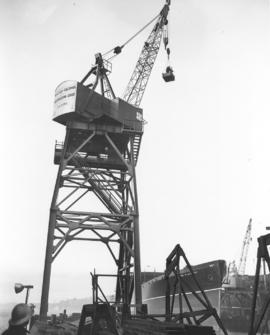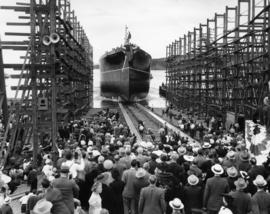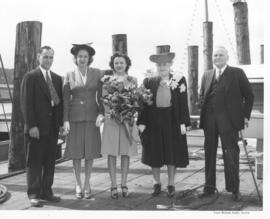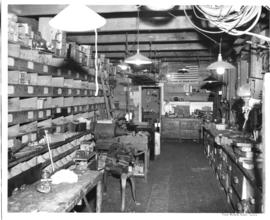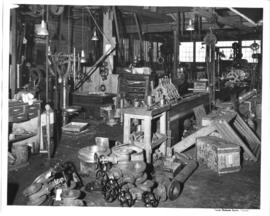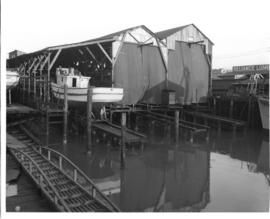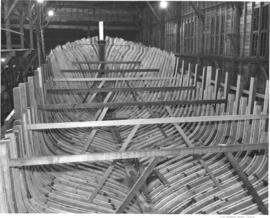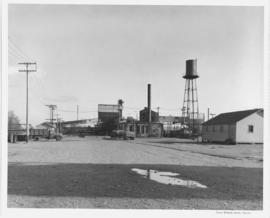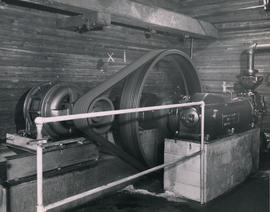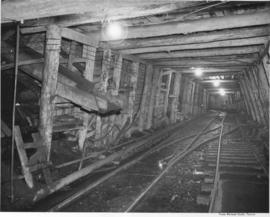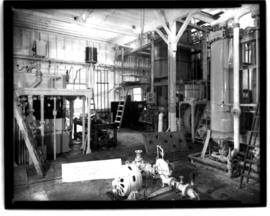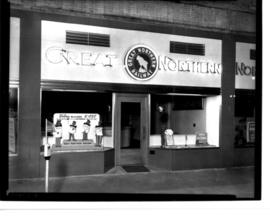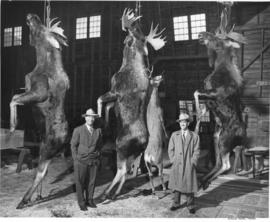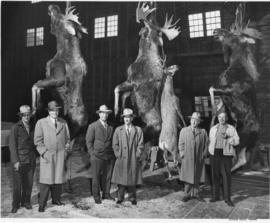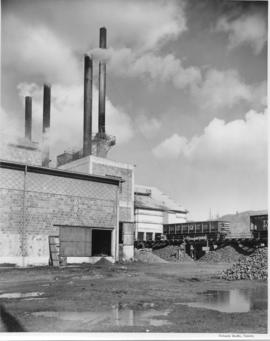Launching party. Acting mayor Val Fawcett (third from left in bow tie) was present for the christening and blessing of the tuna boat, "American Girl," built by Petrich Shipbuilding. The event occurred on Sunday, July 23, 1944, at Old Town dock. Father Henry J. Schultheis of Bellarmine High gave the blessing as requested by the ship's co-owners, Joe Alves and Joe Machado. Mr. Machado at age 23 was one of the youngest skippers in the fishing business. His wife Lucille was the ship's sponsor. Also present were representatives of Petrich Shipbuilding including Harvey Petrich and his father Martin. The fishing boat, "American Girl, " was 106-feet long, completely refrigerated and had a capacity of 180 tons of tuna. ALBUM 14. (TNT 7-24-44, p. 1-article; T.Times 7-24-44, p. 2-article)
Launchings--Tacoma--1940-1950; Fishing boats--Tacoma--1940-1950; Mayors--Tacoma--1940-1950; Fawcett, Clarence Valdo, 1900-1965; Schultheis, Henry J.; Machado, Joe; Alves, Joe; Machado, Lucille; Petrich Shipbuilding Corp. (Tacoma); Petrich, Martin;


